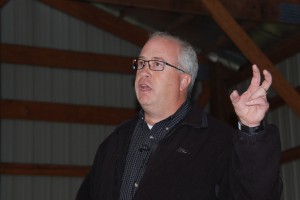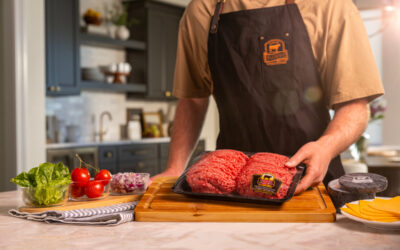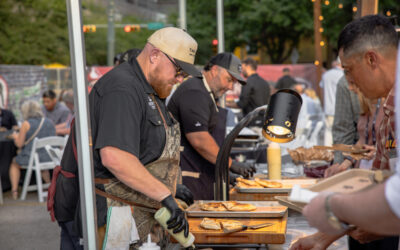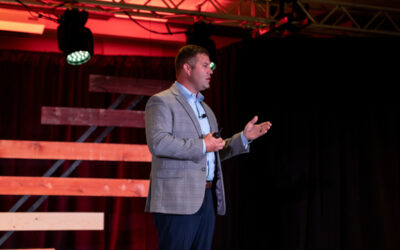
Every story has a number: -2.26
You might say it’s an even number, divisible by 2. But what relevance can we find in -2.26, a negative carried out to two decimal places?
You’d never guess it unless you just read the article, but that’s the estimated “own-price elasticity” of the Certified Angus Beef ® brand.
Still, that does not clarify it much for most of us. After many conversations with Missouri economist Scott Brown last year, I think I can help explain. He worked with graduate student Jillian Steiner to produce the ground-breaking white paper, “Should beef quality grade be a priority?”

But it will never be an easy number to chat about.
It’s a key measure of demand, which can be relatively more — or less – elastic. If the number comes out to an absolute value less than 1, it is often called inelastic.
To make it cloudier, there’s a paradox here. Premium priced goods are typically considered luxuries with fairly elastic demand (like -2.26). But beef is a perishable good, and further affected by its price/value relationship: as you pay more, you are more keenly aware that “you get what you pay for.”
Prime demand is very similar to that for CAB, according to the Missouri study, both luxuries that defy their elastic demand estimates (Prime at -2.33) to increase sales as prices move higher.
On the other hand, Select beef has a -1.24 elasticity, which is closer to inelastic, but in the protein market dynamic, it is the most vulnerable to substitution or a switch to pork or poultry.
The other fun side of this research is called “price flexibility,” calculated by simply dividing 1 by the elasticity number. Prime price flexibility is -.43 and it is -.44 for CAB, but -.81 for Select.
So what? So, the closer to 0, the less impact on price when production goes up. You have probably heard some concern about how much more premium beef this market can take, and maybe we should ramp up more Select beef.
Not according to demand data. To do the math and illustrate with a huge change in supply for a very dramatic effect, let’s compare a 50% increase in supply of Prime versus Select beef. Prime cutout last week was $238 per hundredweight and Select was $207, a spread of $31. CAB was $227 by the way, if you want to do the math in the example below.
That increase in Prime supply would mean 50% of -.43, or a 21.5% reduction in price to net just $187, but 1/-1.24 equals the -.81 price flex number for Select, and 50% of that is a 40.5% reduction in price to net just $123, so the spread would more than double to $64.
In the unlikely event that you crave more numbers from this study right now, there are many more in the links to the study provided above!
As we build our herds, it is even more unlikely we will produce 50% more beef anytime soon. But the numbers say the best way to build a future with sustainable beef prices is to aim high, for Prime and CAB.
–Steve
PS — You can follow along as we blog our way through November. Here’s what you may have missed in our “Every number has a story series”:
Day one: $6.93
Day two: 2.5 million
Day three: $204.10
Day four: 12.1 million
Day five: 11/13
Day six: 8 million
Day seven: 139
Day eight: $39
Day nine: 30.1%
Day 10: 120 million
Day 11: -2.26
Day 12: 12 to 15 minutes
Day 13: 30%
Day 14: 32 million
Day 15: $154,000
You may also like
Success, Despite Challenges
Today’s market is complex and competitive. The collective effort of stakeholders across the supply chain positions Certified Angus Beef to meet the record demand for premium beef moving forward. Signals across the beef industry are clear and Angus farmers and ranchers seeking high-quality genetics that deliver premium beef are producing a product in high demand.
Keep the Supply Coming
A record-high 800 registrants from 17 countries gathered in Austin, Texas, to learn more about CAB, become inspired by the culinary work of chefs and pitmasters, and celebrate sales and production success. But at the forefront: supply and demand, a reflection of the chaotic past year, and preparing for what’s ahead.
Consumer Demand, Power of Quality
Demand for high-quality beef persists. But with that demand comes challenges. From tight cattle supplies to higher costs and increasing pressure on retailers to deliver a consistent eating experience, the pressure is on. David O’Diam, CAB VP of retail, addressed the current retail beef environment, highlighting both opportunities and challenges in today’s marketplace.



